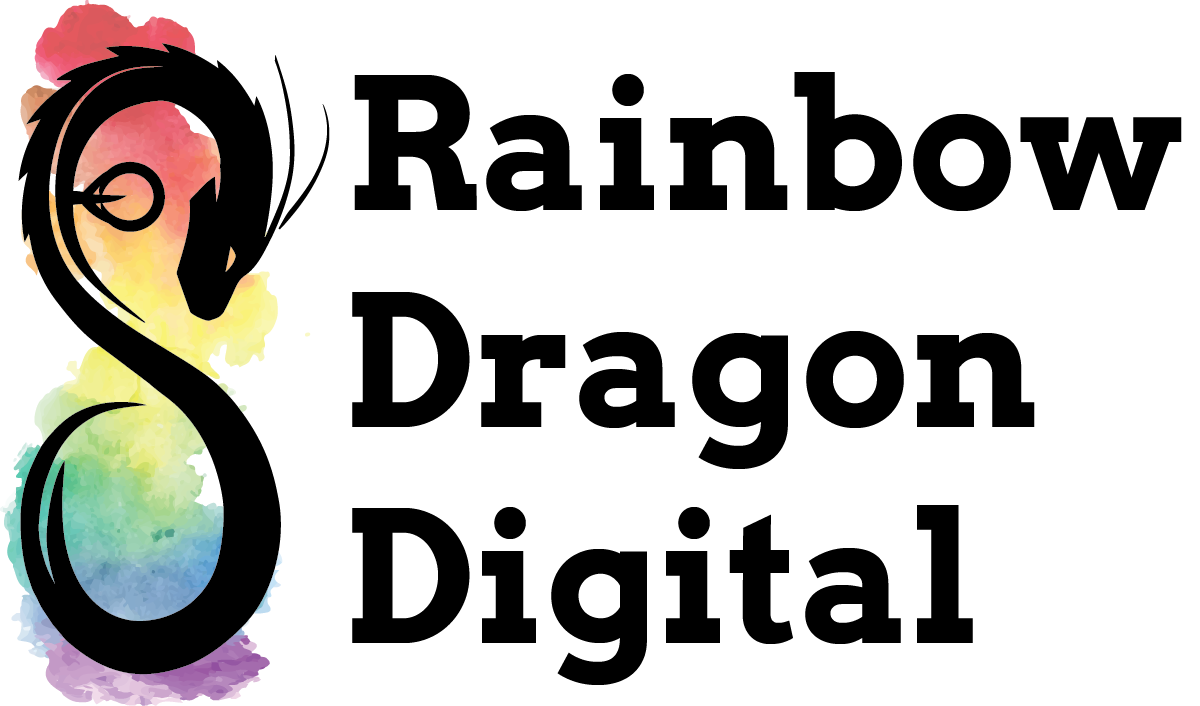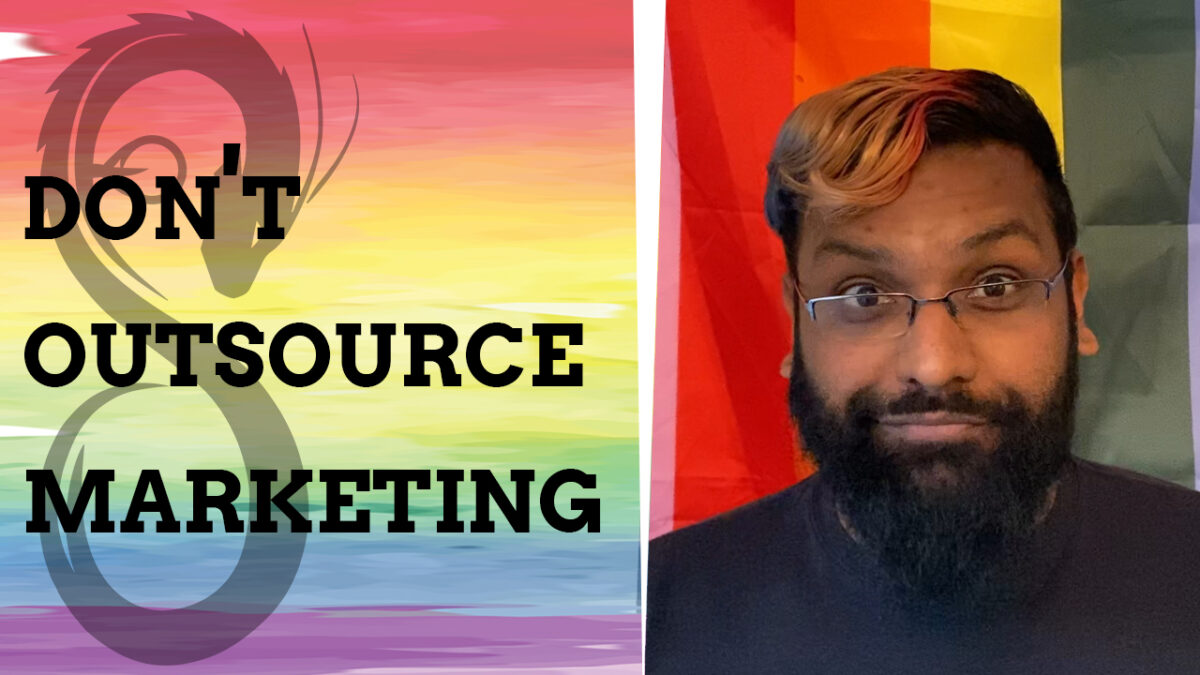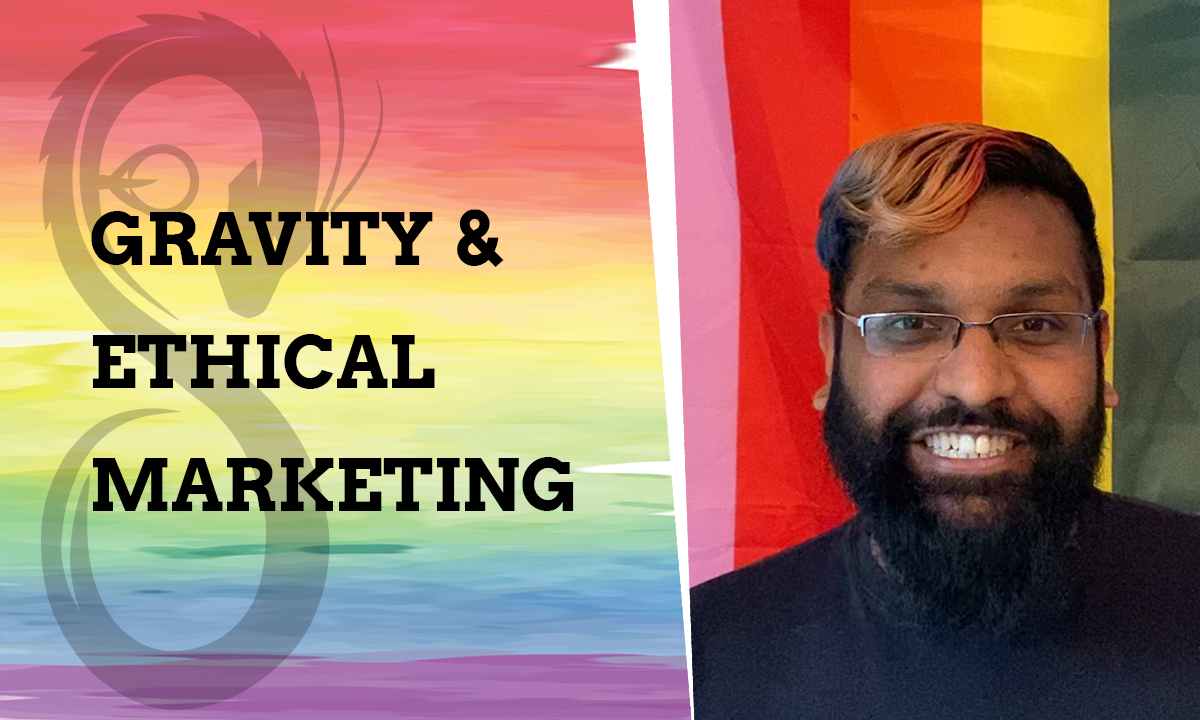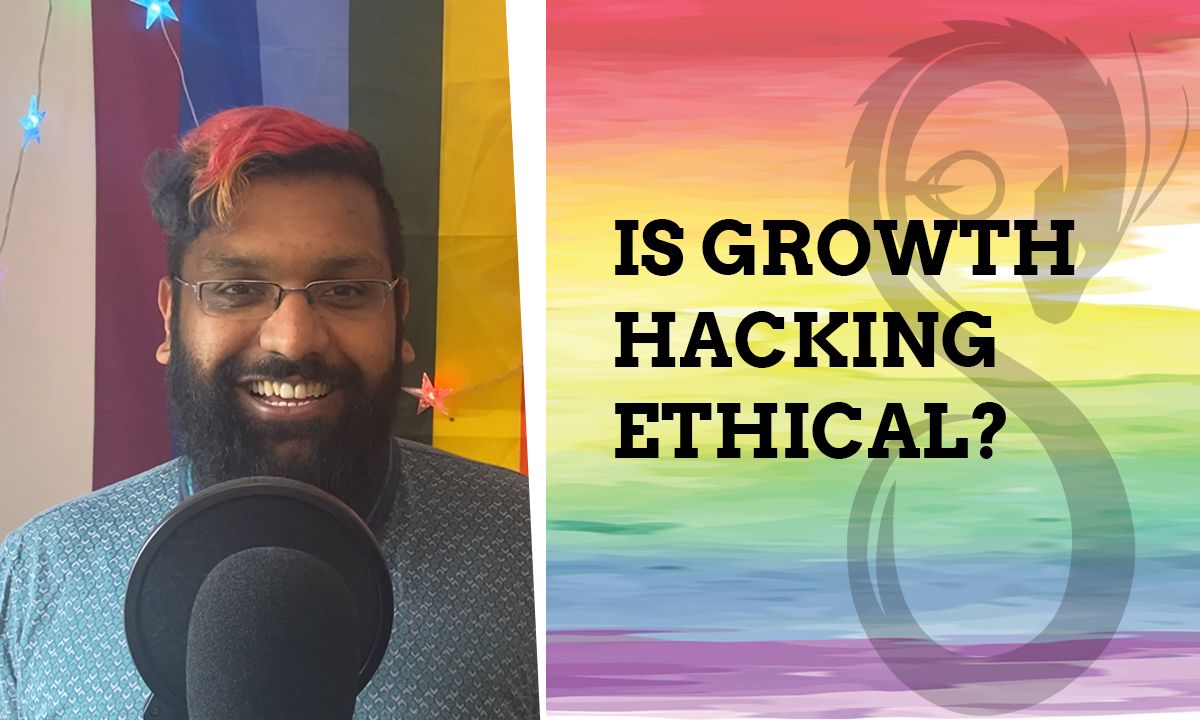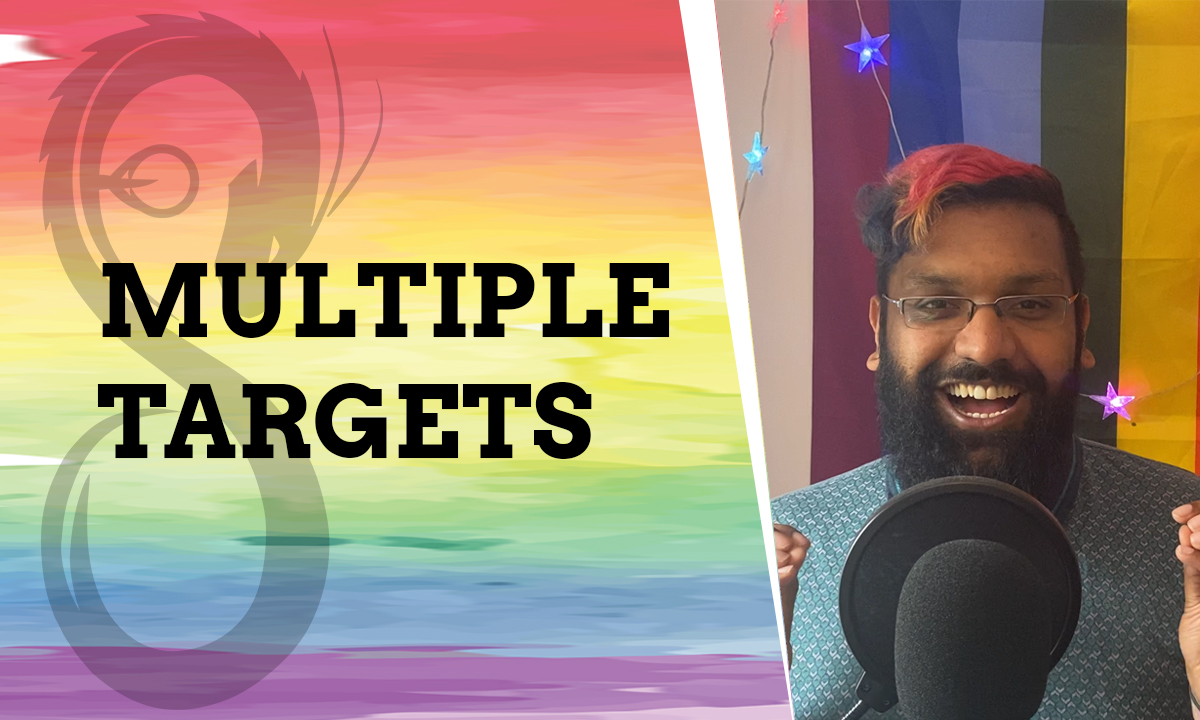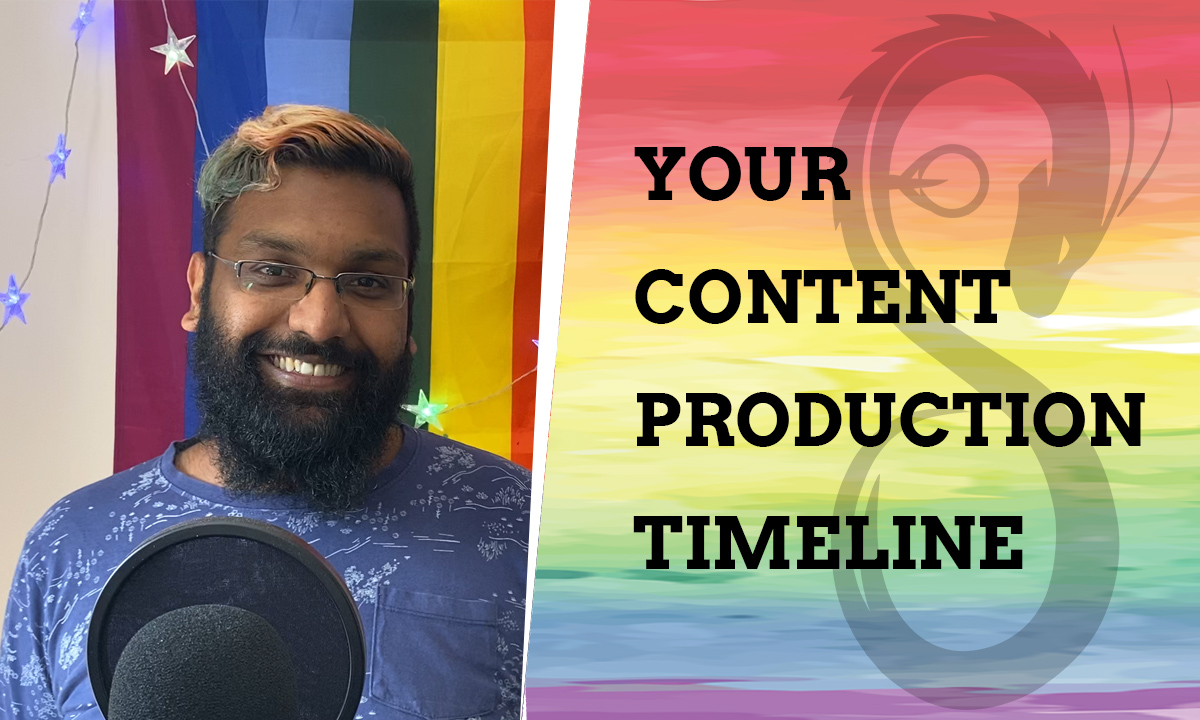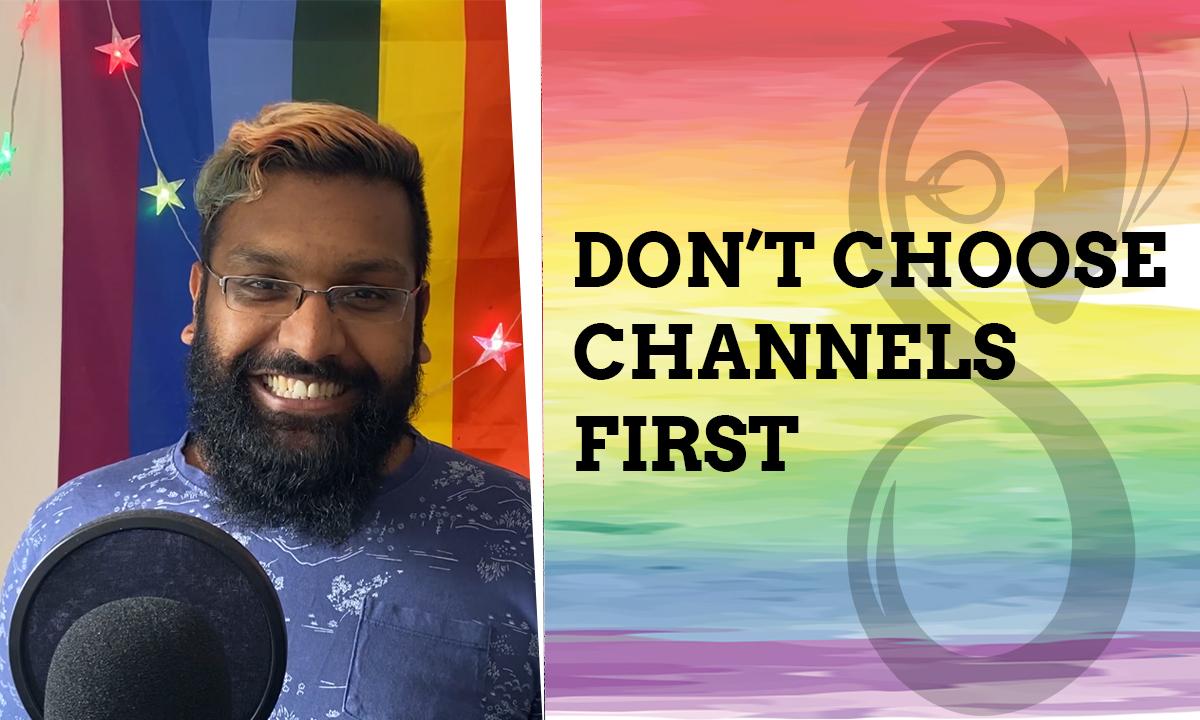Marketing is probably one of the most important parts of your business, and most entrepreneurs do realise this.
But the big mistake many of them make it “I need someone who really knows marketing to do this all for me.” And while that’s partially true, I’m here to give you some bad news: you can’t outsource your marketing. You have to be involved in this. Let me explain…
Doing something that’s changing the world and would you like to have a chat with me about it? Click here and fill out the form!
Don’t like videos? Here’s the text version:
Marketing is way too important to leave it to marketers to do for you.
In today’s video I’m going to explain to you why, I’m sorry, but you can’t step outside of the marketing process.
If you haven’t subscribed to my YouTube channel, please do. It will help me do more on YouTube and you’ll be notified when I release new videos.
Marketers Understand Marketing
Today I want to talk about the phrase that marketing is too important for the marketers. I heard it on a podcast, and the idea here is that marketers are really jammed inside marketing. This includes myself. We understand marketing. We understand the tech, we understand these concepts – the concepts that I talk about in these videos are marketing concepts that marketers know. It’s not anything new.
And the point is that when you’re doing marketing for your business, you’re not just doing marketing concepts. You’re not just applying marketing principles. You are selling your product or service.
You Need to Market YOUR Product/Service
What I mean by that is that you are selling YOUR thing. You are selling the thing that YOU’VE become an expert in. You’re selling the thing that YOU’VE built from scratch. And so, YOU are the one who has all of the best knowledge to sell that thing.
You have you got all of the correct content – you’ve got the value system that needs to be used. You are the whole reason you started this business.
Marketers Come In to Extract & Communicate Clearly
All marketers do is come in and help you extract that knowledge from your head and apply it in a way that is best communicated to your audience.
You can’t just absolve yourself of marketing once you’ve got a freelance marketer or once you’ve got a marketing person on your team. You need to be involved in this because your attitudes and your expertise, is necessary for making the marketing tick.
This Concept Applies to Marketing in SMEs
And to clarify, I definitely mean that this is applied to small and medium-sized businesses where the founder is still very important in the marketing process.
As you grow up and you become a bigger sized business, you can start to systemise a bit more. But that can only happen if the founder, the person who has started this business, has successfully downloaded their values and expertise to the rest of the team. Then you’ve got multiple people on the team now that are the best people to sell this product or service.
Only Then Can You Release the Marketing Headspace
Once you have someone on your team who understands marketing principles and now understands your business as well, along with your value system and how you want to sell this thing then you can start to release power. You can start to release that headspace because you can trust that that person will take it forward.
But until then you have to be involved. You have to download that information to a marketing freelancer or to a person on your team.
Your Marketing Will Be Better When You Are Involved
Believe me, your marketing will be better for it. If you try and get an agency to come in and take over everything, I can bet you it won’t work until they have done some kind of extensive process with you to download that information from your head.
I hope you got something out of that video in terms of motivating yourself to do a little bit of the marketing yourself. At least a little bit, at least the planning. Plan your content out.
If you didn’t or you disagree or you have questions please feel free to email me at dj@rainbowdragon.digital or comment below.
Otherwise, good luck with your business and I hope to talk to you soon.
